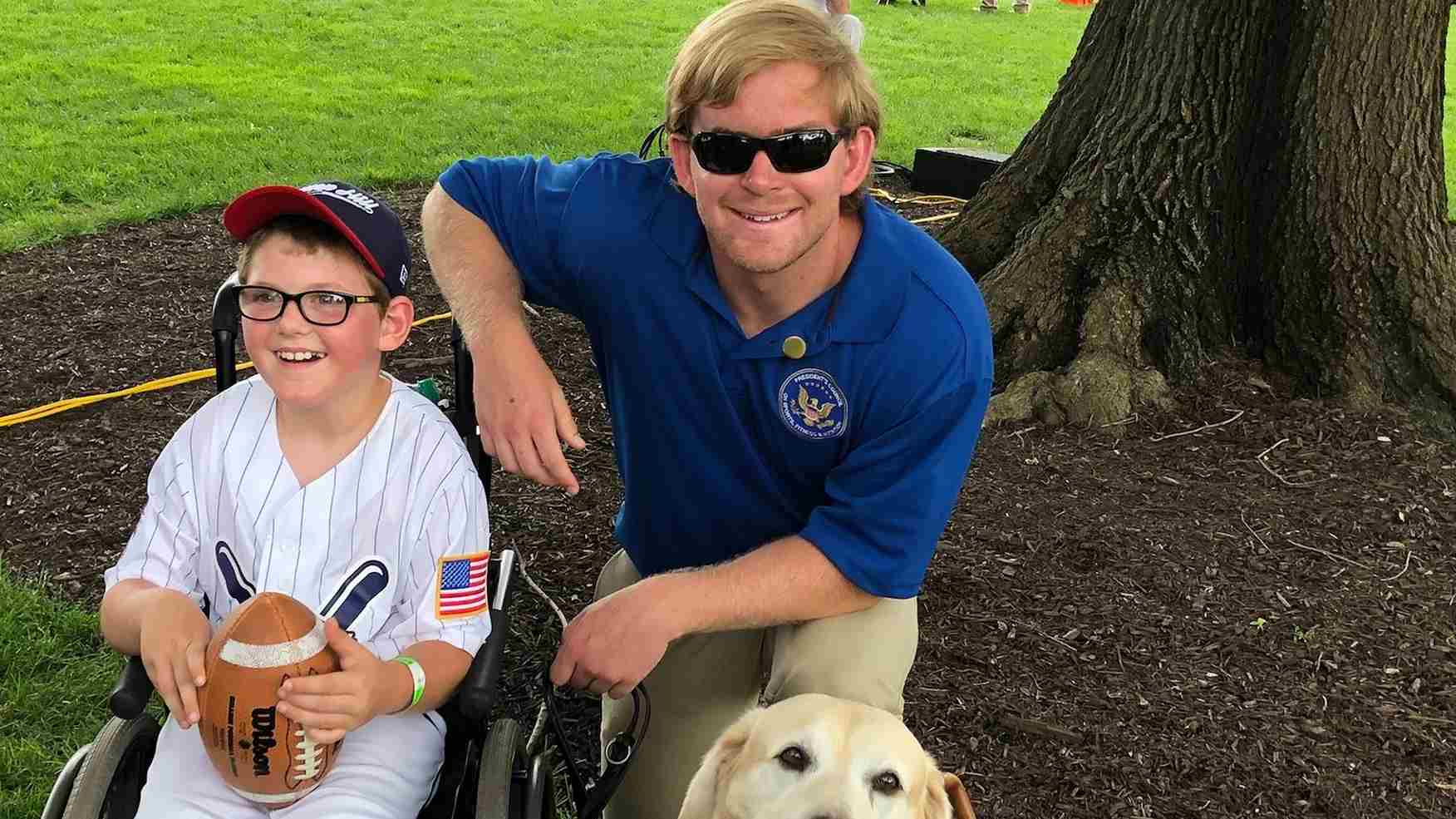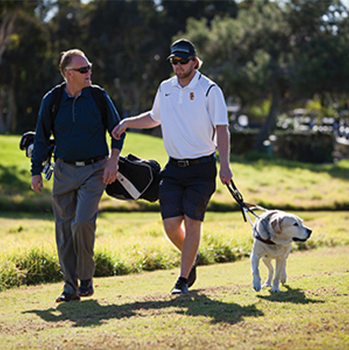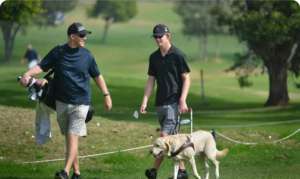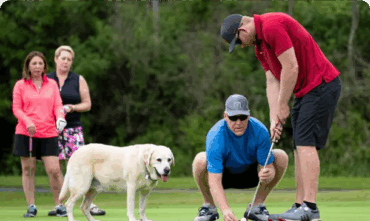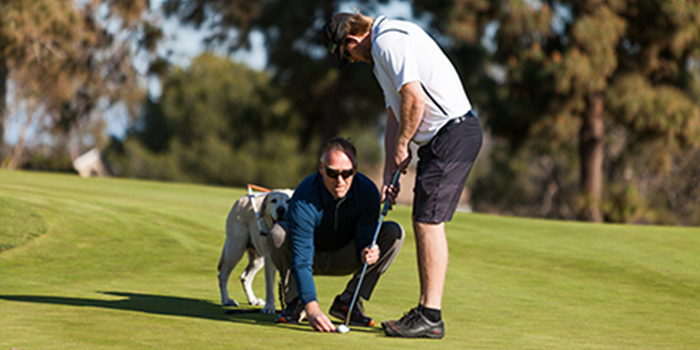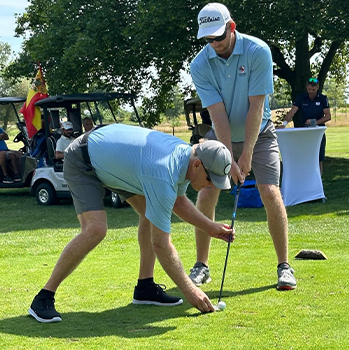Out of Sight Faith
Raising funds to provide technology to blind schoolchildren
When I went blind in seventh grade, everything about my life was turned on its head. But one of the biggest challenges wasn’t just adjusting to blindness—it was figuring out how I was going to continue going to school. I had always been a strong student, nearly a straight-A kid, but suddenly, the whiteboard I took notes from and the paper I wrote on were useless to me. My ability to learn—the very thing that shaped my future—was in real jeopardy.
As my mom started researching, she discovered a heartbreaking reality: many blind students were placed in lower-level classes, not because they lacked intelligence or potential, but simply because they lacked the ability to learn like their peers. Without the right tools, they were given up on, their futures limited not by their abilities, but by the lack of resources available to them.
